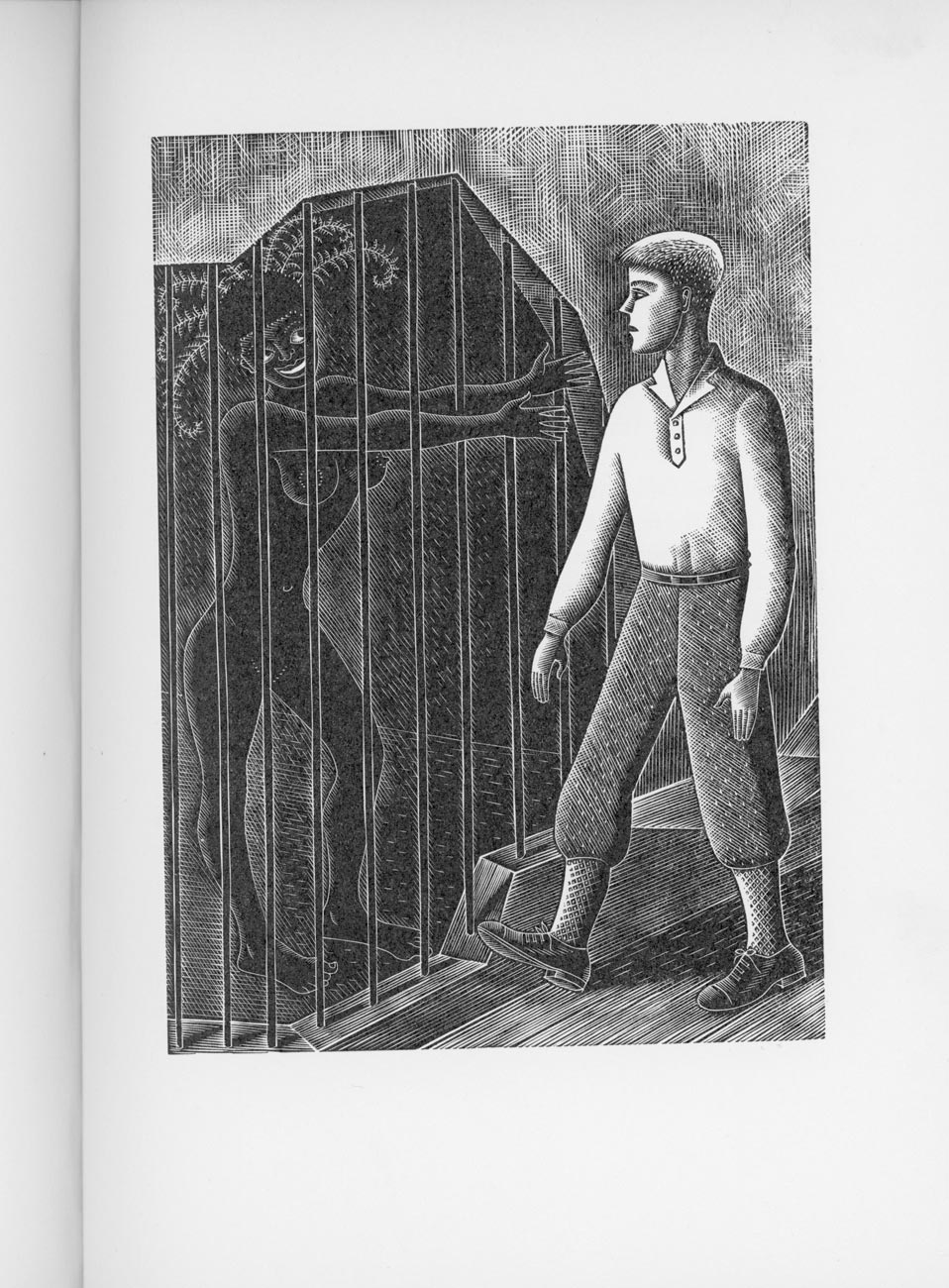Early this morning we attended Lymington Hospital for the removal of my catheter which was executed swiftly and painlessly. It took me so long to produce an adequate flow to confirm all was in order that I was sent off to the café downstairs for a mug of tea to add the necessary liquid fuel. I surprised myself by adding a Full English breakfast eaten with such relish matched only by yesterday’s Chinese takeaway – gusto I have not experienced since the first cystoscopy.
This afternoon I dozed over
the third of my A.E. Coppard’s Golden Cockerel Cockerel books.
This work tilts at windmills as applicable today as they were in Coppard’s time of the first quarter of the twentieth century; bureaucracy, international relations, warfare, politics, and people management are all lampooned in this blend of satirical satire and realism, following in the steps of Jonathan Swift – the difference being that our author managed the feat in just 58 pages.
Three adventurous adolescents unite on a trip to discover whether the earth is flat or round. In all their perambulations they establish no certainty about this or anything else, eventually returning home. Perhaps with all life it is the journey that counts. They encounter a strange variety of peoples and their countries, briefly engaging in relationships with them. The writer’s insightful knowledge of people is apparent from the desire of all the freed captive humans to return to their cages.
In his title Coppard indulges his poet’s taste for alliteration, as along with rhyme, simile, and metaphor he does throughout the story. “It was the sort of poetry that dazed the mind; it crackled like elastic and smelt of the roll of a drum”; “Time, however, had drooled heavily by”.
His dry humour is also constantly evident, as in this piece of well executed dialogue: “‘Not a soul of them is caring about this grand question of the contour of the earth!’ / ‘They don’t seem to take an all-round view, that’s flat'”.
Further evidence of the fluent prose is given with these scans of Gwenda Morgan’s faithful engravings in the 1930s style. They can be enlarged in the gallery.
This evening I dined on left-overs from last night’s Chinese takeaway, while Jackie chose a bowl of mixed vegetables.










































































